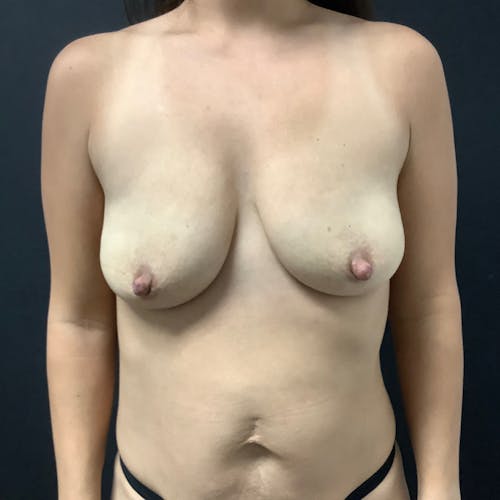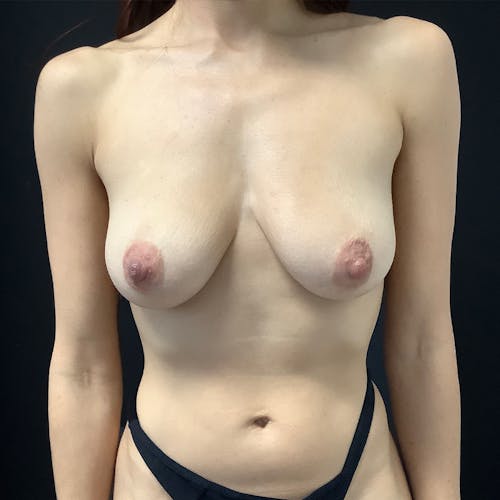The accounts of the Byzantine Greek physician, Paulus of Aegina, show that the mastopexy, also known as the breast lift, had been performed as early as around 625-690 AD. While early records show that for hundreds of years they were completed in the scope of reducing breast size, it wasn’t until the 19th century that the modern foundations for mastopexy techniques were established to specifically repair breast sagging. In the following centuries, techniques were developed to remove excess skin, breast tissue, and move the areola to a more youthful position.
As time went by, the breast lift underwent further refinement; a traditional breast lift still involved a procedure that created an incision shaped like an anchor or an upside down “T,” and to this day many plastic surgeons use this technique. However, this approach only addresses the skin envelope while somewhat ignoring the deeper breast tissue, causing the breast tissue to droop as the patient ages.
In the 90s, surgeons in Europe such as Daniel Marchac and Madeline Lejour found a way to perform a breast lift using a single vertical incision, giving sufficient access to the breast tissue, creating better results, and resulting in less scarring. Later on, Dr. Ruth Graf, from Brazil, pioneered a technique in reshaping breast tissue from a flat pancake shape to a rounder, more voluminous shape. By dividing breast tissue and moving it around, Dr. Graf found a way to create a narrower breast mound with superior projection. This technique has formed the foundation of the auto-implant technique that Dr. Zeidler has developed.
A lift should do more than merely tighten skin; a long-lasting, exquisite breast lift should have a strong foundation built on tissue rearrangement— it should rebuild and reshape the breast completely. To that end, Aesthetx combines advanced technology and sophisticated techniques to create a beautiful breast lift that can stand the test of time.

















